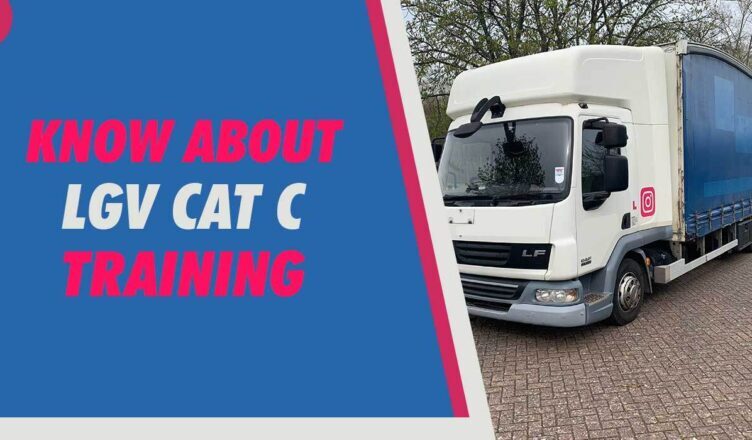Whenever someone reads about the LGV training licence, they are either confused or just scratch their heads out of question. There are so many types of tests and so many different licences. It is confusing.
As we all know that LGV drivers are in high demand in the UK, therefore, it is easy to get training and then get an LGV driver job. Though there are six courses of driver training we are going to emphasize more CAT HGV C training.
Perhaps, you might have heard that HGV driving courses is the best route if you want to do a job in the UK and can get a decent steady income.
Yes, you’ve heard it correctly because as mentioned above also, LGV drivers are always in demand
and if you want to drive a rigid body vehicle which is above 7.5t, you will require an LGV Class 2, also known as CAT C licence.
So if you are willing to go for training in this field, you would probably have ample questions. Here we have collected a few answers to some of your questions so that you can know everything you want about LGV Cat C training.
1. What is a CAT C licence for?
An LGV CAT C licence is a broader term used to drive trailers up to 750 kg and vehicles weighing above 3500kg. This licence is also known as a class 2 licence, but both refer to the same qualification and are the same. The vehicles driven under this licence are also known as rigid body vehicles, and the types of Lorries you would usually get to drive with this licence are for either transporting goods across the country or Europe.
2. Who can train for the LGV CAT C licence?
Whether you already have your LGV C1 OR C1+E licence or are beginning with your additional training from just having a car licence, your LGV CAT C training is the key to unlocking numerous work opportunities for yourself. The class 2/CAT C LGV licence qualifications offers you the widest range of trucks and lorries that you can drive and the salary or wages are generally higher for these licence holders as this is a more versatile qualification compared to lower C1 or C1+E licence. You would also want to train for this licence if you further are headed towards getting an LGV CAT C+E licence which is the highest for all potential licences.
3. What are the LGV CAT C licence requirements?
You should be above the age of 18 and should have a full car driving licence in the UK.
Some extra steps are necessary if you want to start your training for the LGV CAT C licence. It includes getting a provisional licence, taking the medical test and then qualifying for the theory exam.
To make sure that you have your licence and it is active, you need to take a 35-hour periodic CPC training after every five years.
Conclusion
These were a few questions that cross the mind of people who want to get LGV CAT C Training. Now when you know what it is and what all you need to get the licence and why it is so important, you can get your licence very easily.




